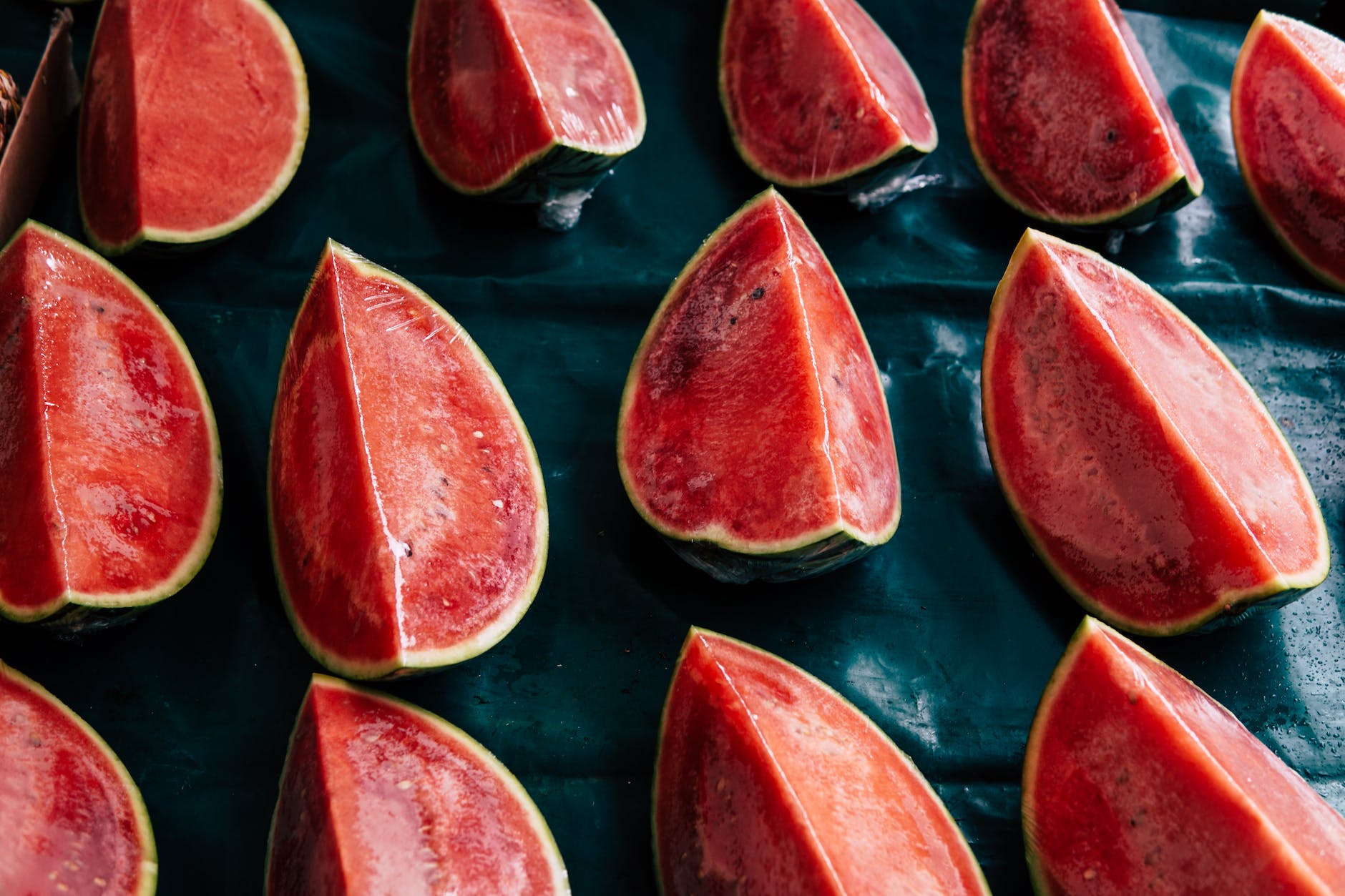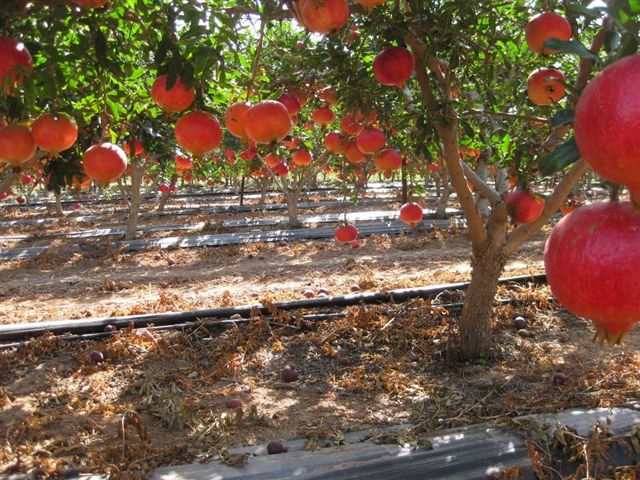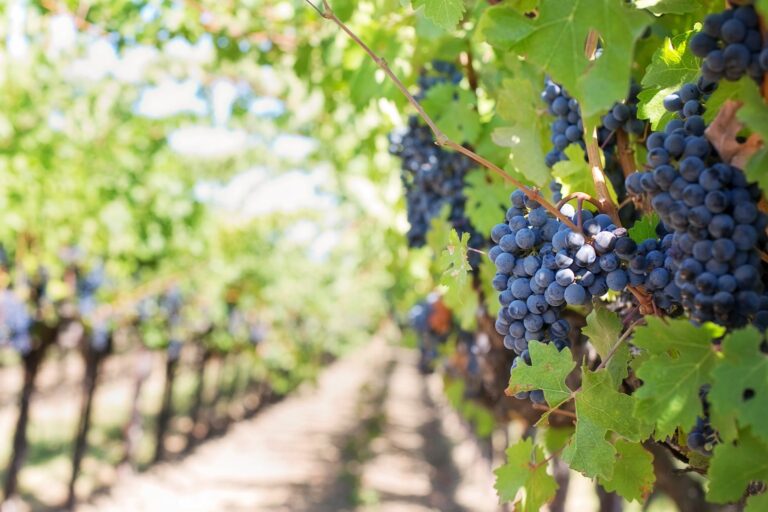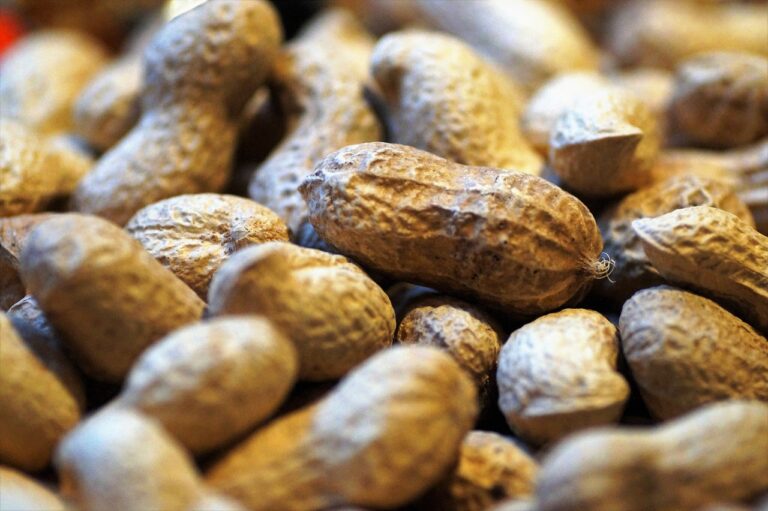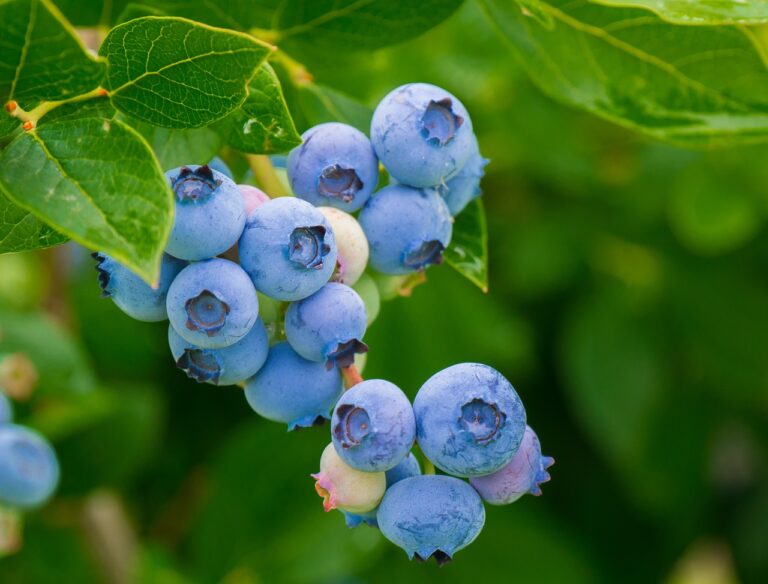Complete Guide to Watermelon Farming Kenya
Watermelon farming in Kenya is a profitable venture with a high demand for the fruit both locally and internationally. However, for farmers to be successful in watermelon farming, it’s essential to have the right knowledge on how to grow the crop, the right management techniques, and access to the market. In this article, I’ll be discussing a complete guide to watermelon farming in Kenya, including the best practices, varieties, and market opportunities for watermelon farmers.
Variety Selection
The first step in watermelon farming is selecting the right variety for your farm. There are several varieties of watermelon available in Kenya, including the “Jambar”, “Sugar Baby”, and “Crimson Sweet”. Each variety has its own unique characteristics and is suited for different growing conditions and markets. For example, the “Jambar” variety is a popular local variety that is known for its high yields and tolerance to disease, while the “Crimson Sweet” variety is a popular export variety that is known for its sweet taste and long shelf life. It’s important to consult with a local agriculture expert or seed supplier to determine the best variety for your farm.
Land Preparation
The next step in watermelon farming is preparing the land for planting. This includes plowing and harrowing the land to a fine tilth and incorporating organic matter such as well-decomposed farm yard manure. The soil should also be tested for pH and fertility levels, and any necessary adjustments should be made before planting. It’s important to ensure that the soil is well-drained and has a pH level between 6 and 7.
Planting and Spacing
After preparing the land, it’s time to plant the watermelon seedlings. Watermelon seedlings should be planted at a spacing of 2 meters between rows and 1 meter between plants. The seedlings should be planted at a depth of about 2 inches and should be watered immediately after planting. It’s also important to ensure that the seedlings are protected from strong winds and direct sunlight until they have established.
Irrigation and Fertilization
Watermelon farming requires regular irrigation, especially during dry periods. Drip irrigation is the most efficient method of watering watermelons, as it delivers water directly to the roots of the plants, reducing water loss through evaporation and runoff. It’s important to schedule irrigation based on weather patterns, soil moisture levels, and crop growth stage.
Fertilization is also an important aspect of watermelon farming. Watermelons require a balanced fertilization program, including the application of both organic and inorganic fertilizers. The recommended ratio of nitrogen, phosphorous, and potassium (NPK) for watermelon is 1:2:1. It’s important to consult with a local agriculture expert to determine the right fertilization program for your farm.
Pest and Disease Control
Pest and disease control is an important aspect of watermelon farming. Common pests and diseases that affect watermelon in Kenya include aphids, powdery mildew, and fusarium wilt. It’s important to implement a pest and disease control program, including the use of pesticides and crop rotation. It’s also important to monitor your watermelon farm regularly for signs of pests and diseases, and to act quickly to control any outbreaks.
Harvesting and Marketing
Watermelon farming in Kenya takes about 3-4 months from planting to harvest. The fruits should be harvested when they are fully ripe and have a deep, rich color. The fruits should be harvested using a sharp knife, taking care not to damage the stem.
Marketing is an important aspect of watermelon farming. There are several market opportunities for watermelon farmers in Kenya including the local market, export market, and processing industry.
The local market is a popular market for watermelon farmers in Kenya, as the demand for watermelons is high among consumers. Farmers can sell their watermelons at local markets, supermarkets, and to wholesalers.
The export market is also a potential market for watermelon farmers in Kenya. The country has a favorable climate for growing watermelons and is known for producing high-quality watermelons. There are several export markets for watermelon farmers, including the Middle East, Europe, and Asia.
The processing industry is another market opportunity for watermelon farmers. Watermelons can be processed into juice, jams, and other products. This can provide an additional income stream for farmers and can also add value to the watermelon crop.
In conclusion, watermelon farming in Kenya is a profitable venture with a high demand for the fruit both locally and internationally. However, for farmers to be successful in watermelon farming, it’s essential to have the right knowledge on how to grow the crop, the right management techniques, and access to the market. With the right approach, watermelon farmers can increase their profits and become more sustainable in the long-term.

